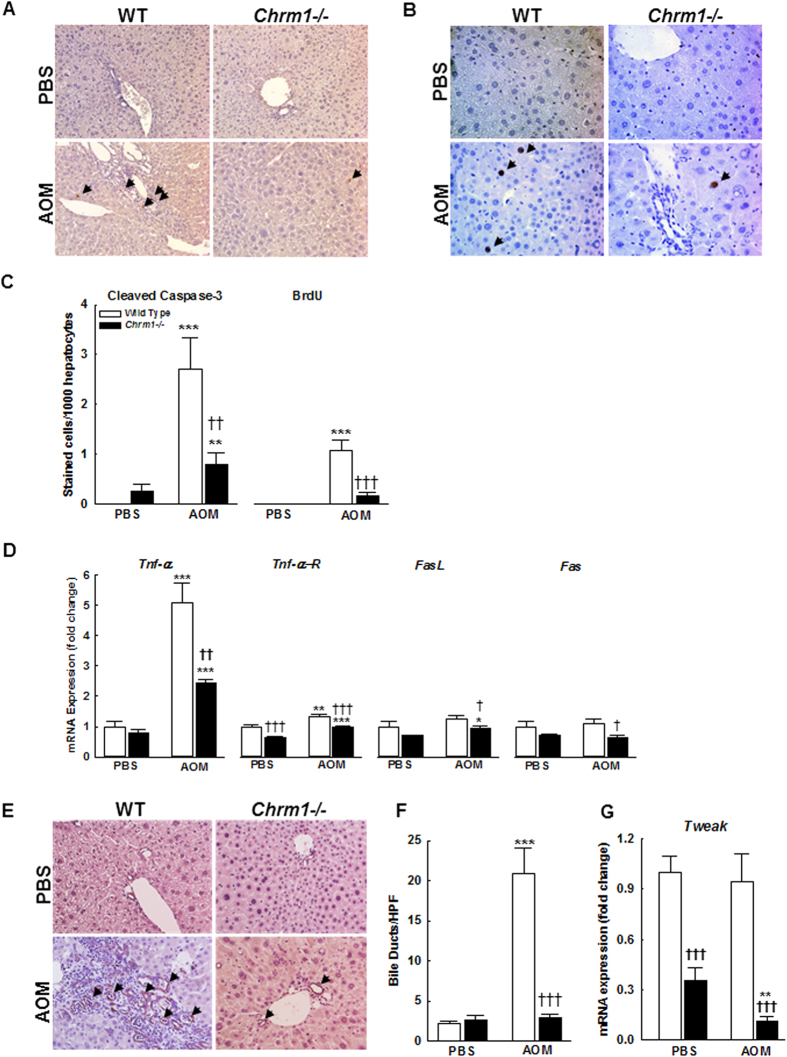Figure 4. M1R deficiency reduces AOM-induced hepatocellular apoptosis and inhibits bile ductular hyperplasia.
(A) Cleaved caspase-3-stained liver sections from WT and M1R-deficient mice at 200x magnification. Arrows indicate cleaved caspase-3-stained hepatocyte. (B) BrdU-stained liver sections from WT and M1R-deficient mice at 200x magnification. Arrows indicate BrdU-stained hepatocyte nuclei. (C) Compared to AOM-treated WT mice, M1R-deficient mice had reduced hepatocyte apoptosis and proliferation. M1R deficiency alters mRNA expression of hepatocellular death receptors and ligands. (D) Compared to AOM-treated WT mice, M1R-deficient mice had reduced Tnf-α expression. AOM increased Tnf-α expression in both groups. The differences in expression of Tnf-αR1, FasL, or Fas were modest. (E) CK-19-stained liver sections from WT and M1R-deficient mice at 200x magnification. AOM treatment-induced bile duct proliferation. (F) Compared to AOM-treated WT mice, M1R-deficient mice had markedly reduced bile-duct proliferation. (G) Compared to PBS-treated WT mice, M1R-deficient mice had reduced Tweak expression, which, upon AOM-treatment, decreased further. *p < 0.05, **p < 0.01, ***p < 0.001 within genotype, and †p < 0.05, ††p < 0.01, †††p < 0.001 within treatment group.

